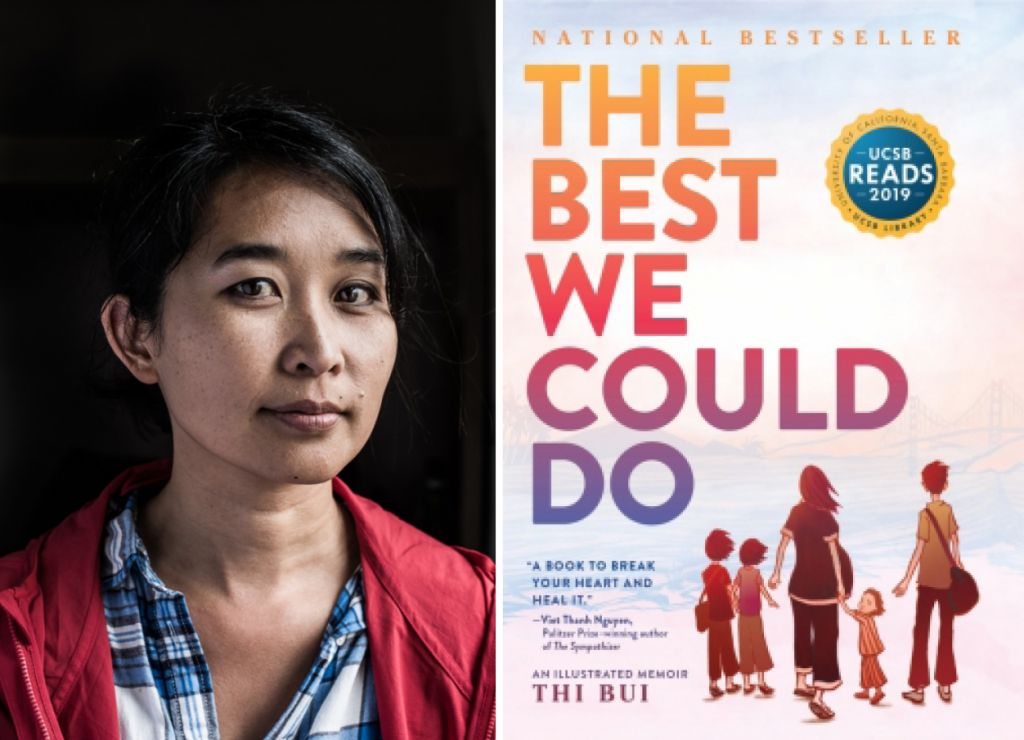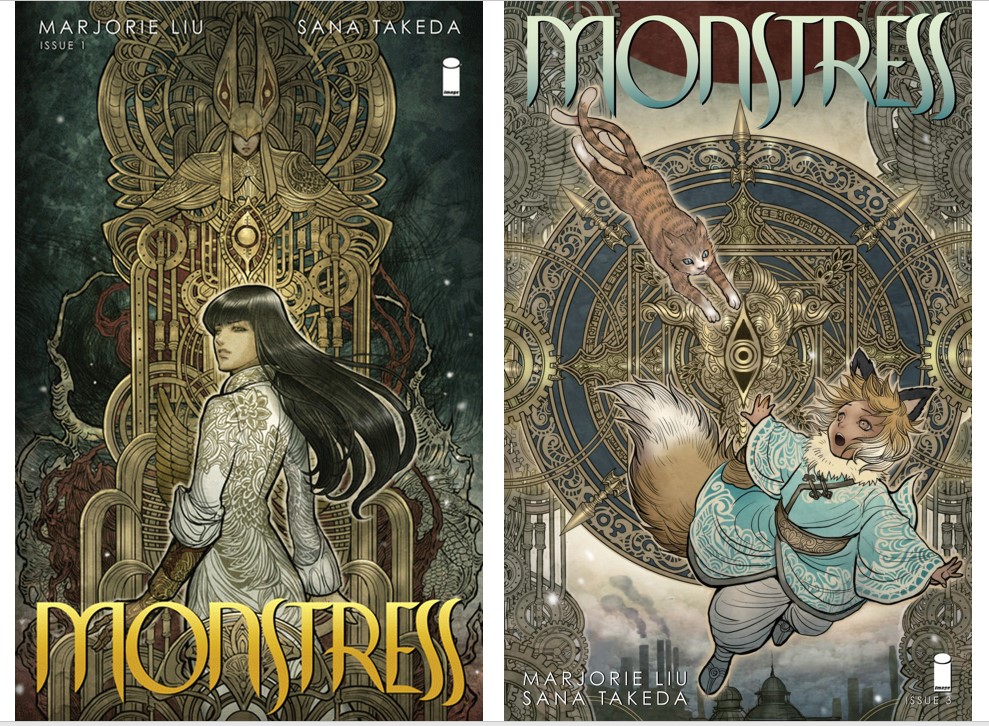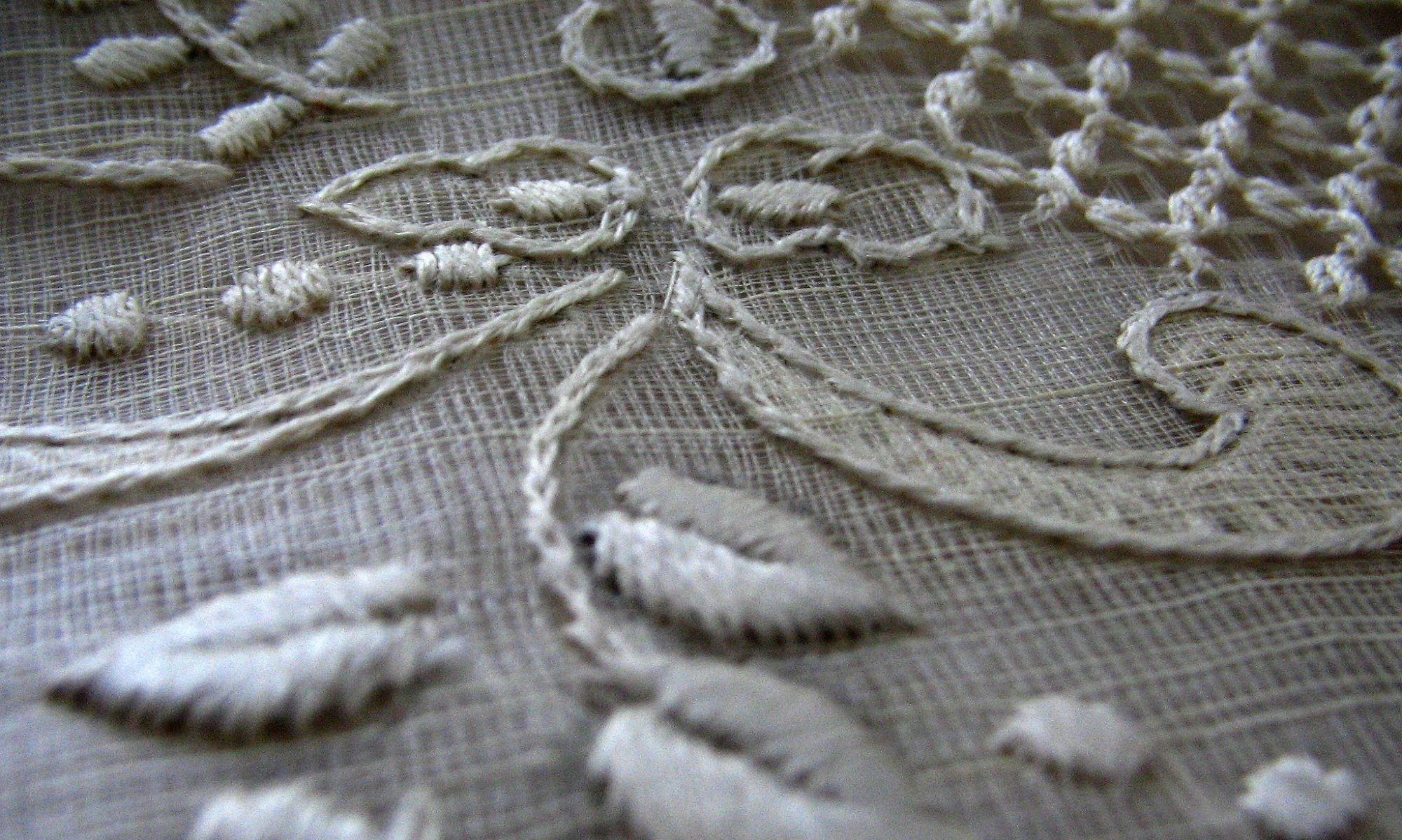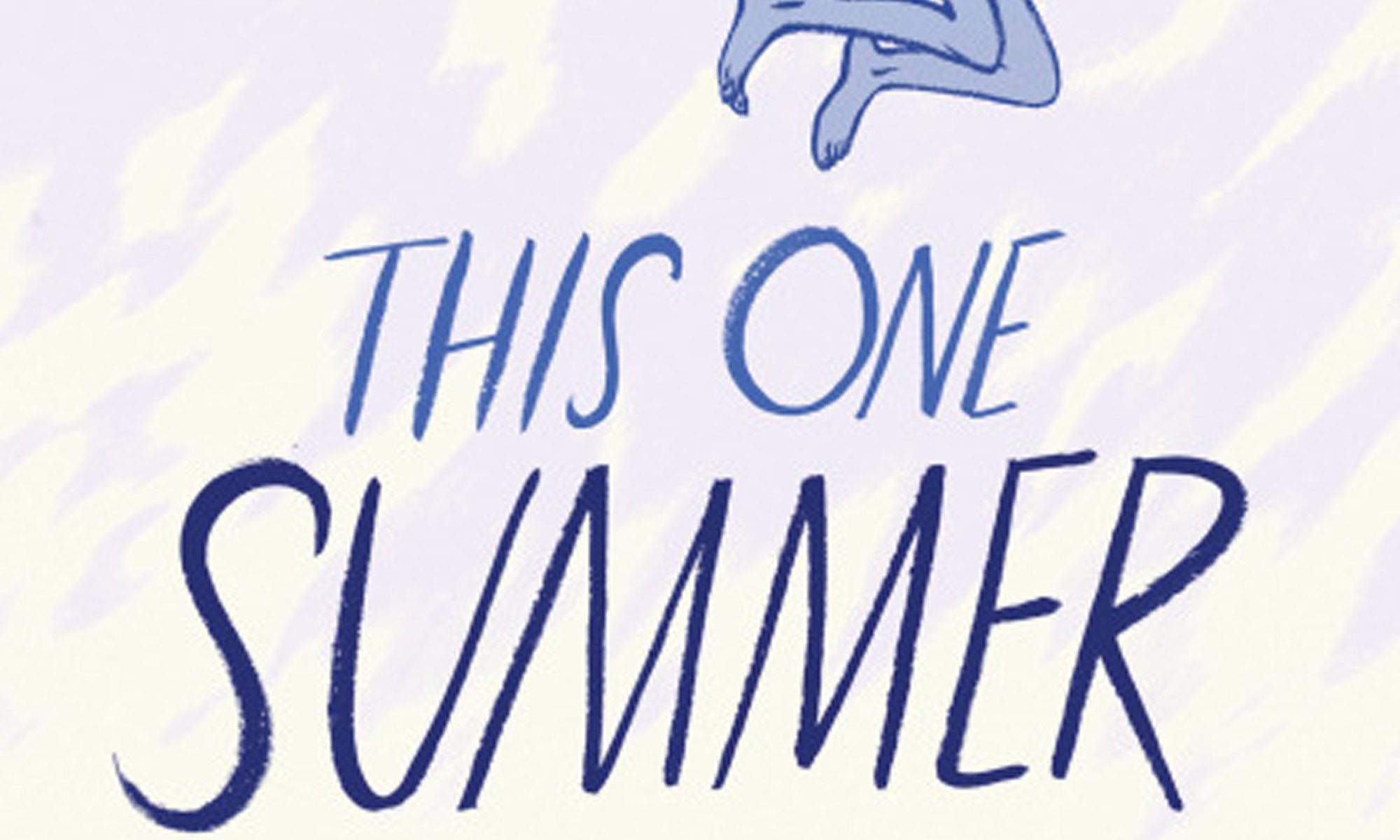Lately I’ve been having many conversations—both inside my online classrooms and on social media—about graphic novels. They’re often my go-to reading for fun and/or distraction, and my list of favorite books at any given moment usually has a number of graphic novels featured on it. Here are a few graphic novels that speak to me:
Personal and public history

The Best We Could Do by Thi Bui
Rereading this refugee story while sheltering in place was oddly comforting to me. This is a beautiful graphic memoir about the author and her family’s escape in the 1970s after the fall of South Vietnam and their attempts to remake their lives in another country. It’s also about to connect with family when you are separated by distances that seem hard to bridge. The phrase “personal and public history” comes from the poet Natasha Trethewey and is a good way to think about how memoir can indeed represent an individual story while reflecting a broader history.
More in this category:
- The March trilogy by John Lewis, Andrew Aydin, and Nate Powell: This trilogy has won all the awards, and all were well-deserved.
- Citizen 13660 by Miné Okubo: One of many stories about Japanese American internment, including a graphic novel by George Takei entitled They Called Us Enemy, and novels like Julie Otsuka’s When the Emperor was Divine
- Persepolis by Marjane Satrapi: About a young girl and Iran’s cultural revolution. I share this image a lot with students to get them to understand the power that can exist in just one panel.
Classics
Maus by Art Spiegelman:
The classic to end all classics. I often say that Spiegelman’s struggles to get people to take the medium seriously are why we have so many graphic novels today. Once you read and reread this one, the book about the book, MetaMaus, is also worth a look.
More in this category:
- Palestine by Joe Sacco (introduction by Edward Said): I would call this one graphic journalism, even more so than Spiegelman’s Maus. However, if one is expecting objectivity, then you may be disappointed as Sacco prominently foregrounds his fallibility, moments where his imagination fails, and also highlights how his very presence affects those he interviews and the kinds of stories they tell.
- Fun Home by Alison Bechdel: This beautifully written memoir was eventually made into an award-winning Broadway show.
- One! Hundred! Demons! by Lynda Barry: The author’s quirky style in both her art and her writing of her autobiofictionalography are unmistakably unique.
- Watchmen by Alan Moore. Along with Dave Gibbons and John Higgins, Moore revolutionized our ideas of what comics could do.
Some middle grade and YA favorites

This One Summer by Mariko and Jillian Tamaki
Something about this one always reminds me of going to the beach as a child. This was the first graphic novel to make the short list for the Caldecott Medal in 2014, which unfortunately opened it up to wider criticism when it became the most challenged book of 2016, for reasons that aren’t really quite clear to me.
More in this category:
- El Deafo by Cece Bell: Find an excerpt of this semi-autobiographical story of the author (as bunny) at this link.
- American Born Chinese by Gene Luen Yang: This one, and March above, could have easily been placed in the Classics category. Its three storylines and artistic styles make it a fun read. Here are some sample pages.
- Ms. Marvel by G. Willow Wilson: I enjoy watching the 16-year-old Kamala Khan attempt to balance being a Muslim teenager while also being a superhero.
For fun

Monstress by Marjorie M. Liu
I’m a big fan of art nouveau-inspired work, so Sana Takeda’s art in the award-winning series Monstress is worth the ticket on its own, but the intricate worldbuilding and storytelling of this high-fantasy saga is epic. I have yet to read the latest issue but at this point I may just (happily) start again from the beginning. Also, did I mention there are cats?!
More in this category:
The Encyclopedia of Early Earth by Isabel Greenberg: This episodic (in a good way!) is strange, touching, and beautifully drawn. Find an excerpt here.
The Arrival by Shaun Tan: This is my only graphic novel entry on the list without (actual) words, and even though some of the artwork is available to view online, nothing compares to just getting lost in this story in print form.
Lumberjanes by Noelle Stevenson, Grace Ellis, Faith Hicks, et. al.: This is Girl Scouts meets Adventure Time meets X-Files. (Stevenson, by the way, has also done work on Adventure Time, in addition to her wonderful graphic novel Nimona). I haven’t read the entire series, but what I’ve read so far is great.
On my to-read list of graphic novels:

- My Favorite Thing is Monsters by Emil Ferris (I’m currently reading this one – borrowed from my public library’s Hoopla account) and the art, story, and presentation so far are really striking. I wish I had it in print instead.)
- Pashmina by Nidhi Chanani
- Bingo Love by Tee Franklin
- Aya by Marguerite Abouet & Clément Oubrerie
- Good Talk: A Memoir in Conversations by Mira Jacob
I would love to hear your recommendations to add to my list! 🙂


One Reply to “Graphic novel recommendations”